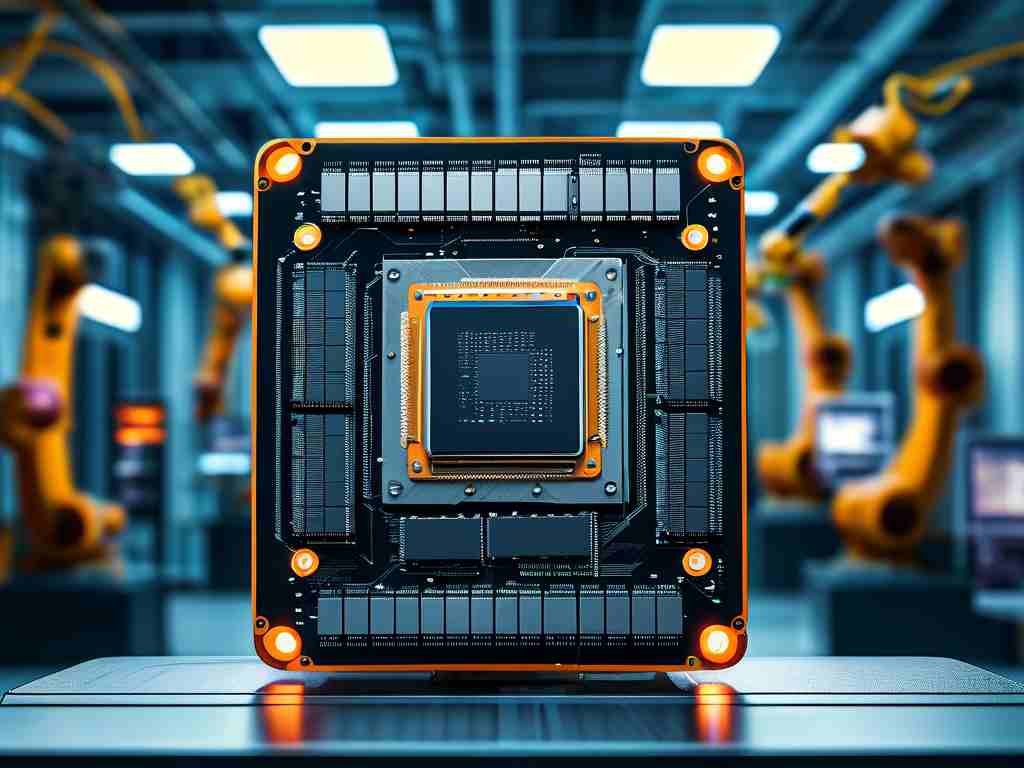As industries increasingly adopt advanced data processing technologies, professionals skilled in point cloud data analysis and in-memory computing are witnessing unprecedented career growth. This article explores emerging employment directions in these fields while addressing practical applications and skill requirements.

The Convergence of Spatial Data and Speed
Point cloud technology – a collection of data points in 3D space – has become fundamental across sectors like autonomous vehicles, geospatial mapping, and industrial automation. Simultaneously, in-memory computing (IMC) revolutionizes data processing by storing information in RAM rather than traditional disks. The fusion of these domains creates unique opportunities for professionals who can manage massive spatial datasets with real-time processing capabilities.
Industry-Specific Demand
-
Autonomous Systems Development
Automotive giants and robotics firms seek specialists capable of processing LiDAR-generated point clouds through IMC frameworks. Engineers in this space optimize algorithms for instantaneous object recognition and path planning, requiring expertise in CUDA programming and distributed memory architectures. Tesla's recent job postings emphasize "real-time point cloud fusion engineers" with Apache Spark or Hazelcast experience. -
Smart Infrastructure Management
Urban planning departments and construction firms employ professionals to handle building information modeling (BIM) data. A Munich-based engineering firm recently advertised for "Point Cloud Infrastructure Analysts" demanding proficiency in CloudCompare software and Redis-based caching systems. -
Healthcare Imaging Innovations
Medical device manufacturers combine CT/MRI point clouds with in-memory databases for rapid diagnostics. Siemens Healthineers' 2023 recruitment drive highlighted needs for developers versed in VTK (Visualization Toolkit) and SAP HANA.
Skill Matrix for Aspiring Professionals
Technical requirements span three tiers:
- Core Competencies: Point cloud registration algorithms (ICP, NDT), in-memory database administration (VoltDB, MemSQL)
- Programming Stack: Python (Open3D/PCL libraries), C++ for performance-critical modules, SQL/NoSQL hybrids
- Emerging Add-ons: Neural radiance fields (NeRF) integration, edge computing implementations
The market particularly rewards those who bridge theoretical knowledge with hardware awareness. Understanding GPU memory hierarchies (as in NVIDIA's CUDA memory model) often differentiates candidates during tech screenings.
Salary Benchmarks and Career Progression
Entry-level positions in North America offer $85,000-$120,000 annually, varying by application domain. Senior architects designing IMC solutions for point cloud pipelines command $160,000-plus, with stock options in tech startups.
A typical career path might progress:
- Data Processing Engineer → 2. Systems Optimization Lead → 3. Solutions Architect
Notable transitions occur at the 5-year mark when professionals often shift from pure technical roles to product management or R&D leadership.
Educational Pathways
While traditional computer science degrees remain relevant, specialized certifications gain traction:
- Autodesk's Point Cloud Specialist Certification
- SAP Certified Development Associate - SAP HANA
- NVIDIA Accelerated Computing credentials
Universities like ETH Zurich and Carnegie Mellon now offer "Spatial Computing" master's programs blending point cloud processing with memory-centric computing paradigms.
Entrepreneurial Frontiers
Startups are exploiting niches like:
- Real-time point cloud compression for 5G networks
- In-memory machine learning pipelines for 3D object detection
- Hybrid database solutions for geospatial-temporal analytics
Berlin-based ScatterLab recently secured €4.2M seed funding for their IMC-powered point cloud analytics SaaS platform, signaling investor confidence in this convergence.
Challenges and Future Outlook
Technical hurdles persist in managing terabyte-scale point clouds with sub-millisecond latency requirements. However, the proliferation of 3D sensors and 5G edge networks ensures sustained demand. Gartner predicts 34% CAGR for point cloud processing tools through 2028, with IMC expertise becoming a baseline requirement for cloud engineering roles.
Professionals must continuously adapt as hardware evolves – emerging resistive RAM (ReRAM) technologies and photonic computing architectures promise to redefine performance benchmarks. Those mastering both spatial data semantics and memory optimization techniques will remain at the forefront of this computational revolution.









